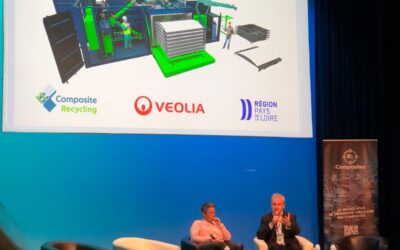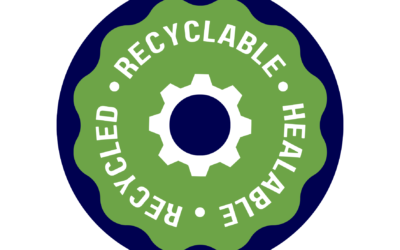Recycling to Close the Loop on Composite Materials
Recycling to Close the Loop on Composite Materials
Problem:
Composites are designed to be durable, not recyclable.
Fibre-Reinforced Plastics (FRP) are widely used because they are so durable, light and versatile. But until recently, the only methods of disposal were landfilling or incineration, with the resultant environmental impact.
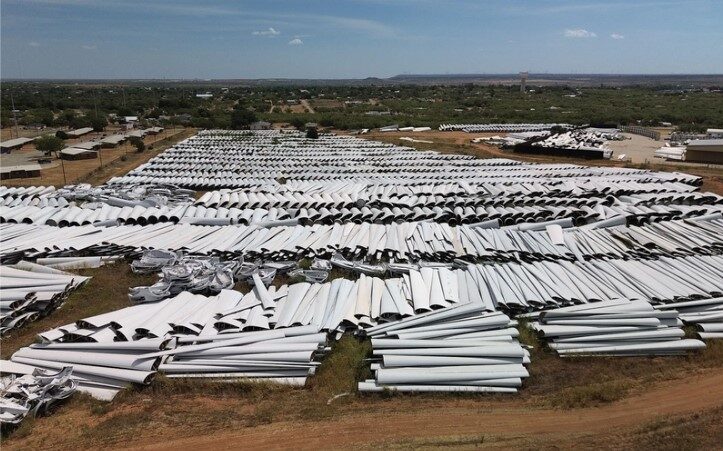
Solution:
Make FRP recycling a reality
At Composite Recycling, we have developed a breakthrough new recycling technology that preserves the properties of the reclaimed oil and fibres, so that they can be used for producing high-quality, high-performance new composites and decarbonized plastics.



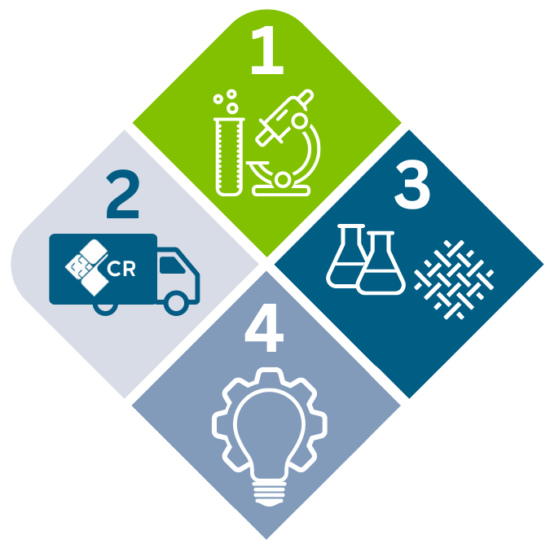
Our Products and Services

Recyclability Testing & Calibration
We offer recyclability tests to our recycling services clients and do audits and industrial calibration studies for customers of our reclaimed glass fibre and thermolysis oil

Mobile GFRP Recycling Services
We sell our mobile recycling service, providing our clients with a sustainable, low-emission and cost-effective alternative to landfill

Sale of reclaimed oil & fibre
We sell high-quality secondary raw materials which allow our clients to incorporate recycled content, economically, in even high-performance new composites

Network access and advisory services
We offer advisory services, for manufacturers looking to build sustainability into their product design, and access to our network of upstream and downstream partners
Use Smarter, Use Longer, Use Less
Our mission is to channel hard-to-recycle composite waste away from landfills and into new, high-value production that leverages the benefits and captures the value of the virgin materials.
By helping close the loop in the composite sector, we are facilitating responsible industrial operations and the decarbonization of current supply chains.
“We are very proud to welcome Composite Recycling as our partner. Together we expect to develop this innovative technology as a way of making even more sustainable solutions for Transformers’ technology in the future.”
Bruno Melles, Managing Director
Hitachi Energy Transformers Business Unit

CR in the news
CR in the news
PRESS RELEASE: CR Partners with Veolia for Recycling Fibreglass Waste in Western France
At this year's R4 Composites event in Toulouse, Composite Recycling and Veolia RVD Centre-Ouest announced their partnerhip to revolutionize the way composite waste is treated in the Région Pays de la Loire. Read the full text of the release here.
CompPair and Composite Recycling collaborate on Recycled – Recyclable – Healable composites
We started with waste fibreglass which we recycled with our next-generation thermolysis treatment. We then sent the fibers to our colleagues at CompPair, who applied their HealTech™ technology, resulting in a recycled composite material that’s also self-healing.
CR selected for Venture Leaders Cleantech 2024 Munich roadshow
An expert jury selected Composite Recycling among ten Swiss startups for the Venture Leaders program dedicated to the Cleantech sector. The selected startups will head to Munich in November for an investor roadshow, to accelerate their ventures’ growth and expand...
The first step is easy. Get in touch for a quote.
Partners




Awards









Support




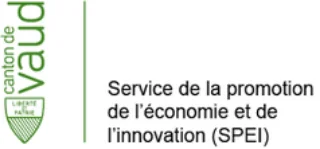





Networks




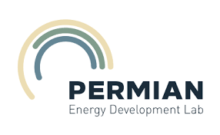



Awards




Support








Networks





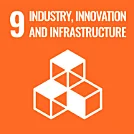











We Support SDGs
Composite Recycling’s activities directly address critical priorities of both European and global environmental agendas: facilitating the transition to circular economies, while preventing pollution. We help organisations with a strong commitment to sustainability achieve real progress toward their goals in tackling today’s environmental challenges.

